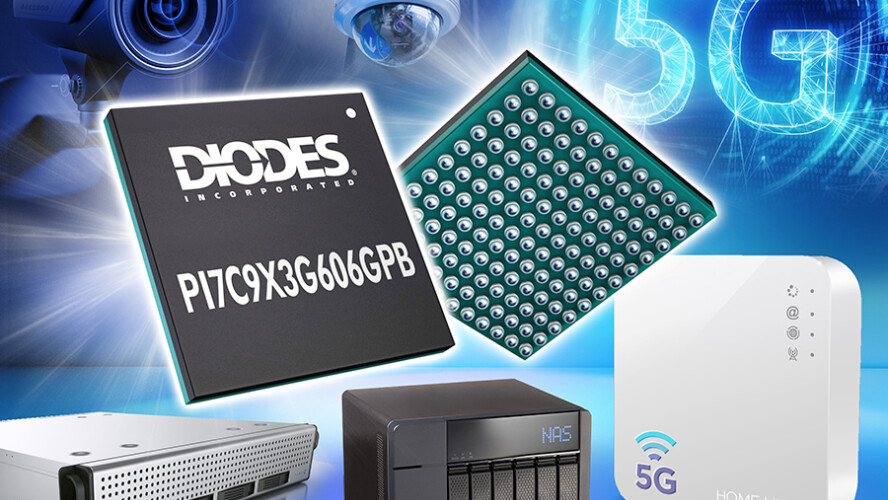Battery-Discharge Protection for Appliances on the Move
Using a MOSFET as an ideal diode can provide robust and reliable safety protection for the emerging generation of autonomous appliances.
Using a MOSFET as an ideal diode can provide robust and reliable safety protection for the emerging generation of autonomous appliances.
Brushless direct-current (BLDC) motors are efficient, can operate at high speeds, and are easy to control. Hence they are becoming increasingly popular in automotive applications, including anti-lock braking systems (ABS), power steering, and electric and hybrid vehicles.
This article reviews the source and types of EMI in switching converters before explaining the differences between the regulatory standards for products in the industrial and automotive markets. Finally, it shows the techniques used by Diodes Incorporated to enable one of its DC-DC switching converters to comply with stringent automotive standards.
The challenge of clock jitter—which adversely impacts high-speed protocols such as Ethernet, PCI Express®, and USB 3.0—is becoming more significant as next-generation protocols look to deliver data rates at hundreds of gigabits per second (Gbps). Understanding three key points can help you achieve success against jitter in your next design.
The demand for compact, accurate position sensors in automotive applications will grow substantially to $1.6 billion by 2026, in line with the growth in electric vehicles (Figure 1). These sensors track the rotor’s position inside the motor responsible for traction, power steering, and windows; ensuring control and safety coverage.
The I²C two-wire bus is still as popular today as when Philips originally invented it in 1982. Initially operating at 100KHz, the latest incarnation, version 7 (2021) Ultra-Fast-mode (UFm), now clocks at 5MHz—making it fast enough for most medium-speed peripherals, including digital I/O, GPIO, keyboards, keypads, and sensors.
USB, USB Type-C®, and DisplayPort™ (DP) cables have become so ubiquitous as to even be purchased in low-cost convenience stores. However, while two individual cables may appear identical to the naked eye, they can differ considerably in the quality of performance they provide. Low cost can mean low quality, and alongside instances where cheap cables have caused electronic equipment to malfunction or have corrupted data, they typically cause poor picture quality or slow down the rate of data transfer to well below the multi-gigabit bandwidth offered by the latest USB specification (USB 4).
In the not-too-distant past, it seemed like every electronic device had its own custom power supply, cable, and interface (Figure 1). USB Type-C® (or USB-C®), which implements the USB power delivery (USB-PD) specification, was supposed to solve this problem by introducing a single standard interface that all devices could use.

Today’s PCIe 3.0 switches, which support data speeds up to 8GT/s per lane, combine generous bandwidth and up-to-the-minute power-management and RAS features to meet the needs of mobile and embedded applications.
Piezo sounders create warning or alert noises in many applications, oftentimes in portable, battery-powered, and space-saving products. These devices consist of a ceramic element attached to a metal plate, where the ceramic element uses the piezoelectric effect to distort its shape when a voltage is applied. As it contracts and expands due to the varying voltage, the attached plate vibrates audibly.